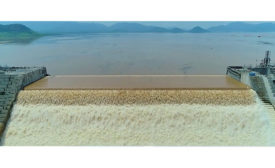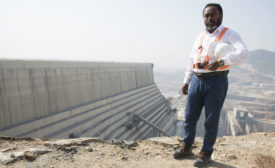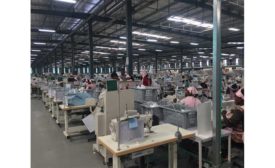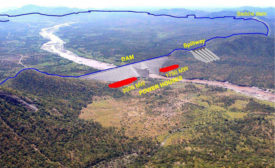Home » Keywords: » Ethiopia
Items Tagged with 'Ethiopia'
ARTICLES
ENR Global Best Projects 2017
Best Manufacturing - Hawassa Industrial Park
October 11, 2017
Salini Impregilo Wins $2.8-Billion Hydropower Contract in Ethiopia
Italian contractor adds another large dam project to its robust renewable-energy portfolio
Read More
The latest news and information
#1 Source for Construction News, Data, Rankings, Analysis, and Commentary
JOIN ENR UNLIMITEDCopyright ©2025. All Rights Reserved BNP Media.
Design, CMS, Hosting & Web Development :: ePublishing






